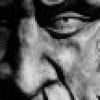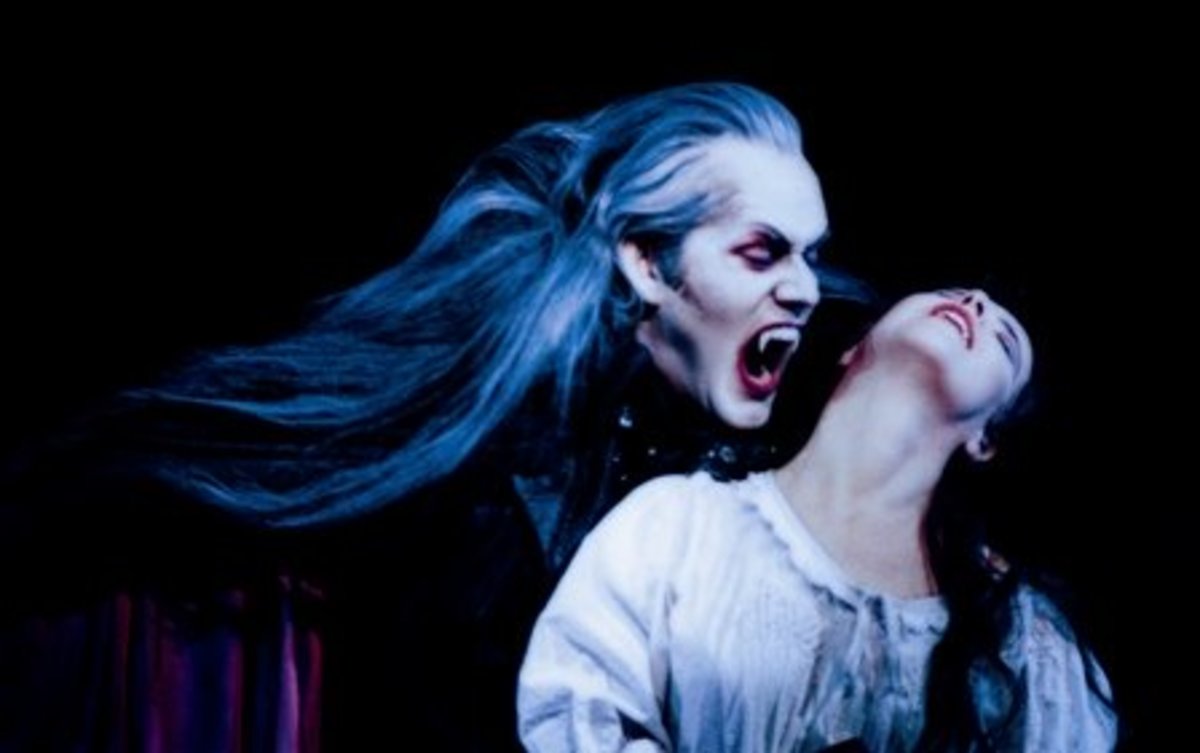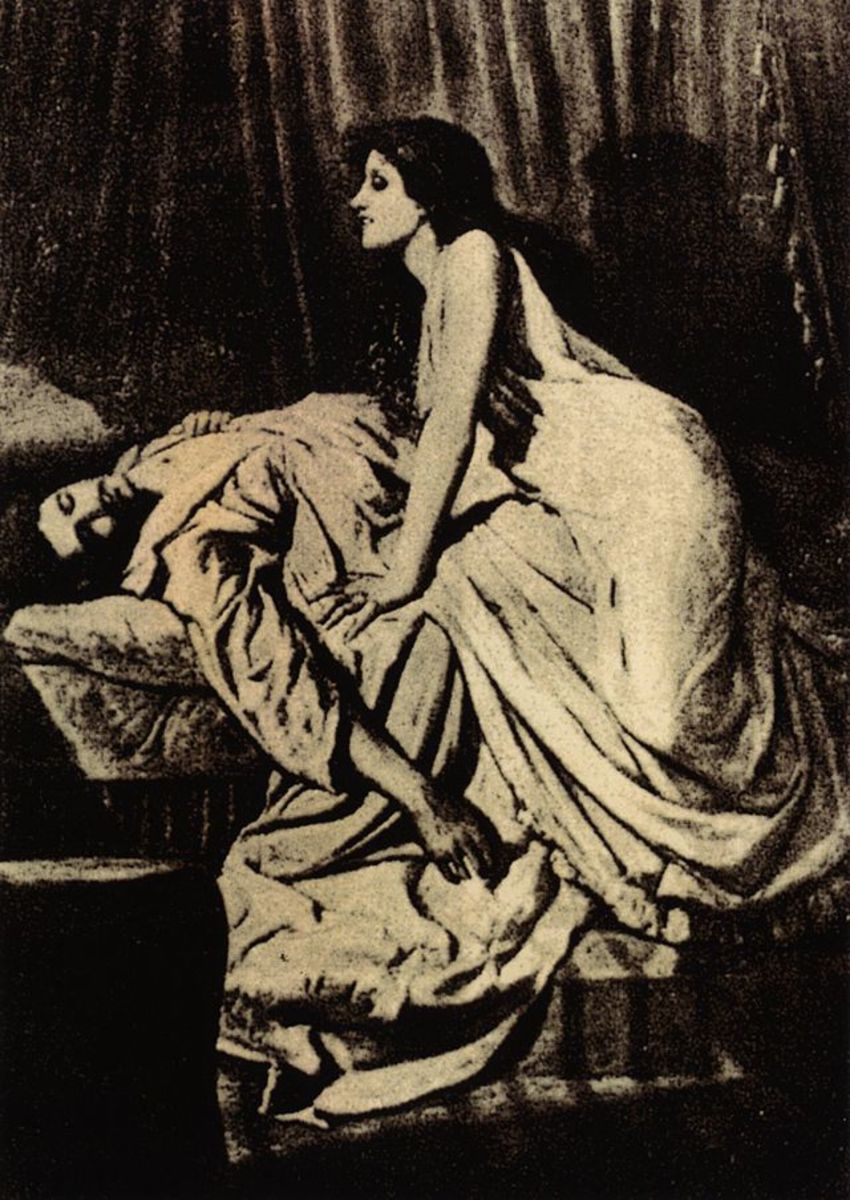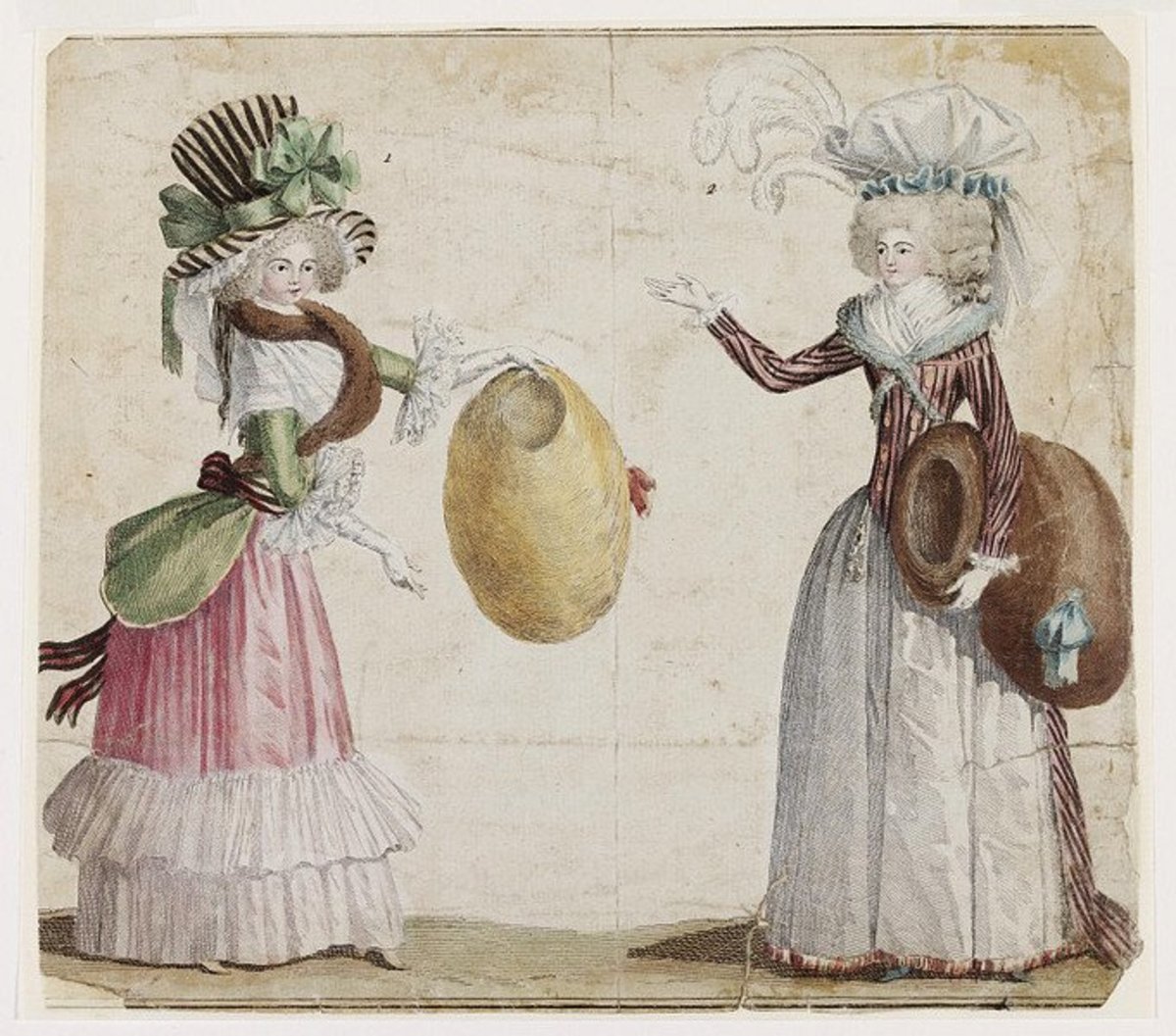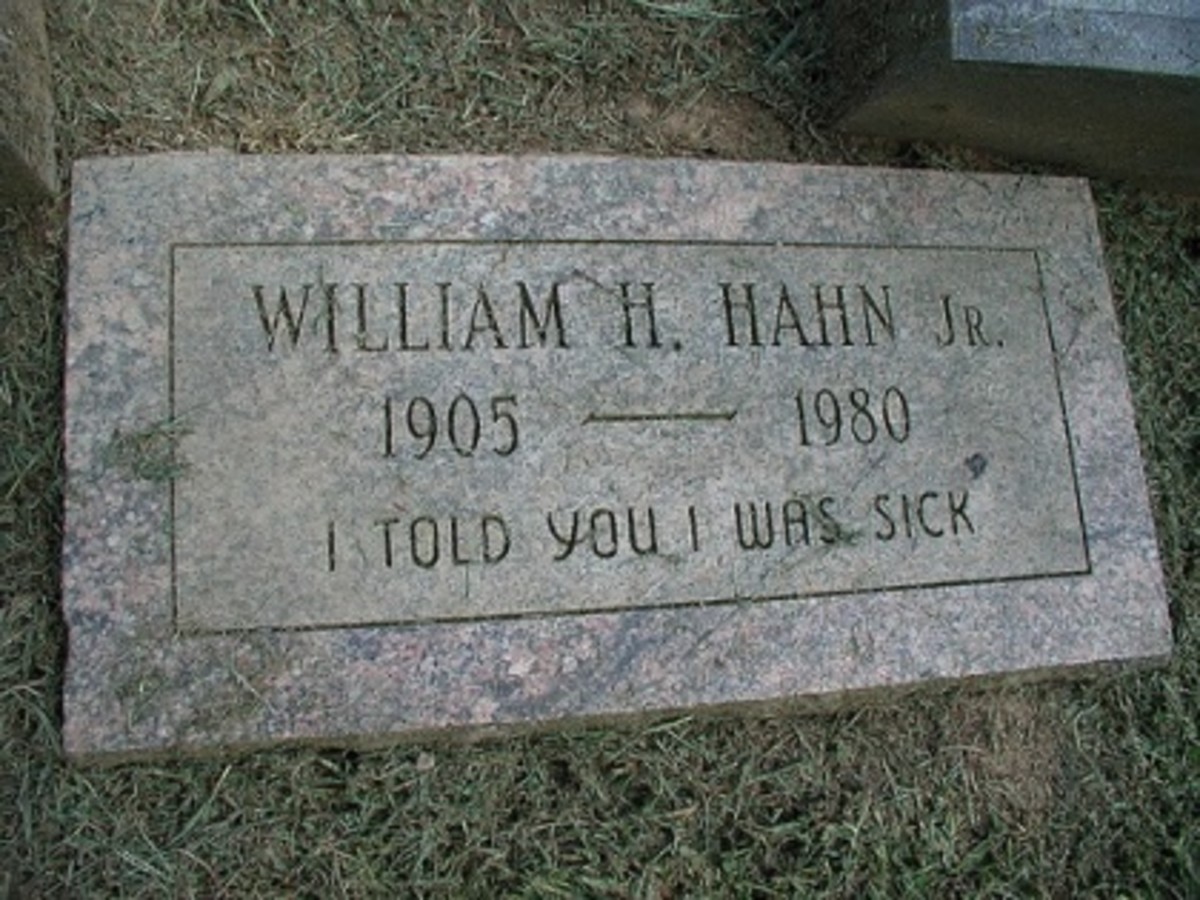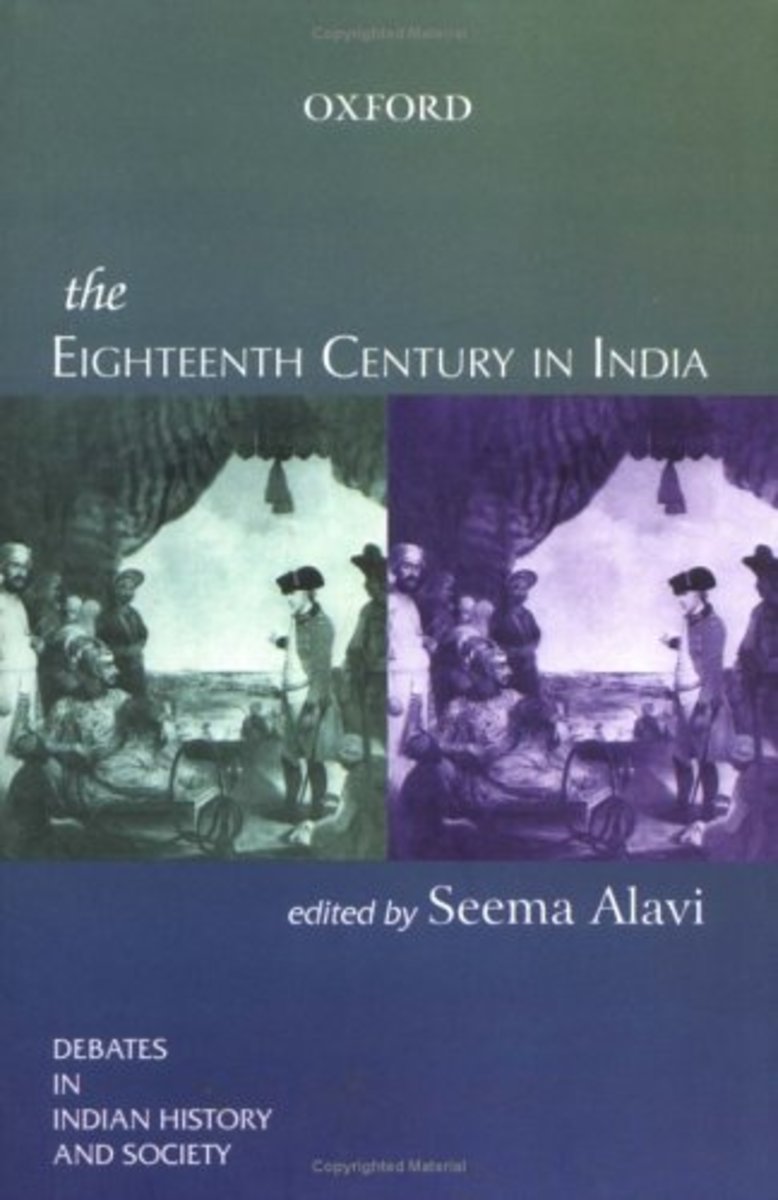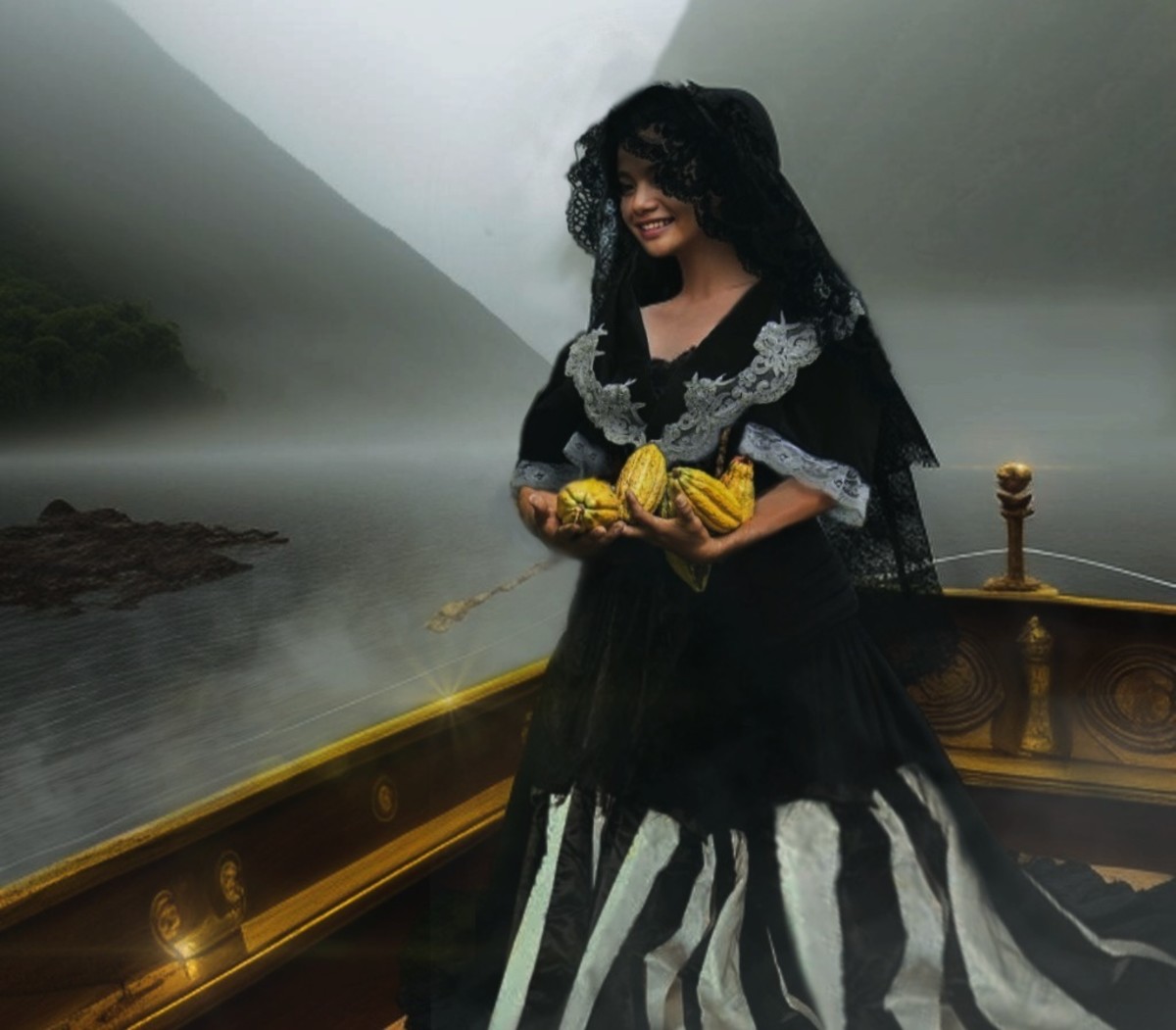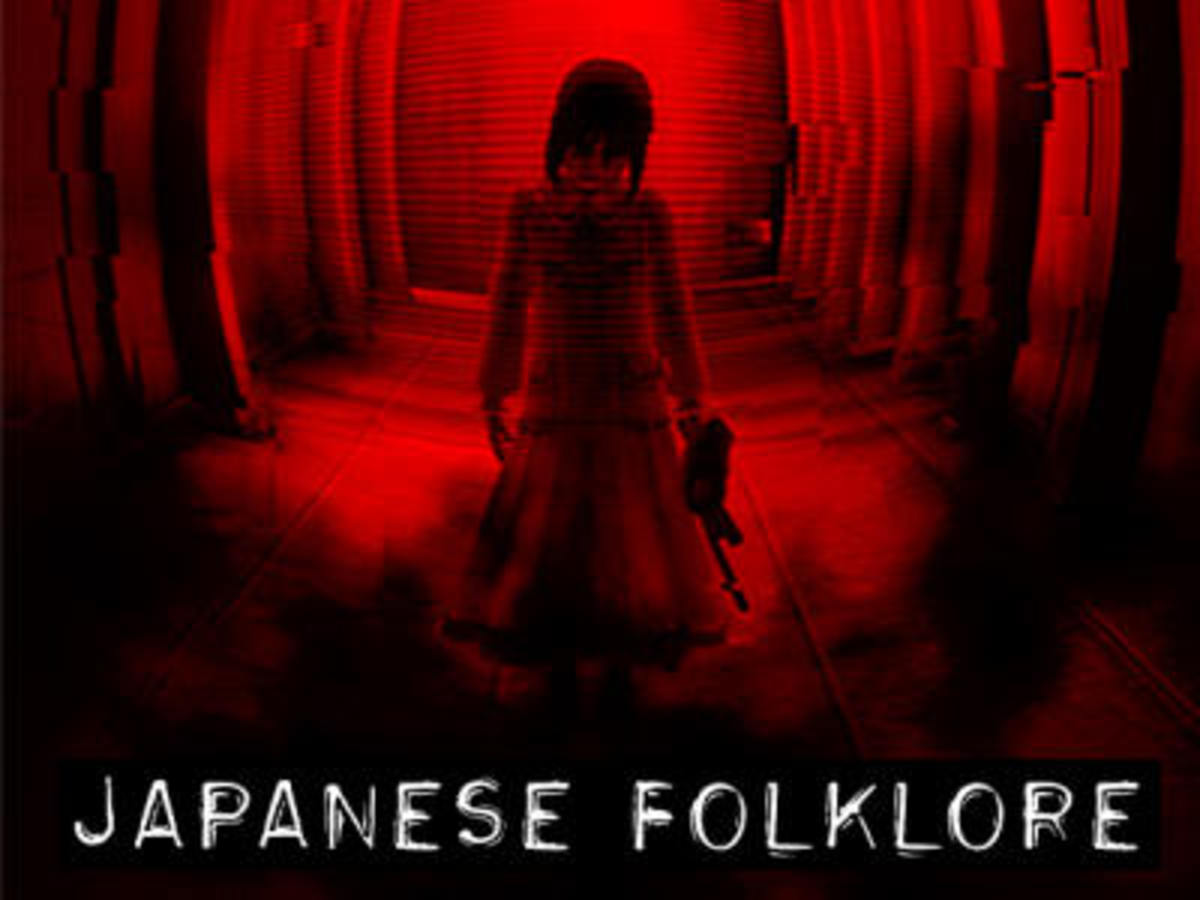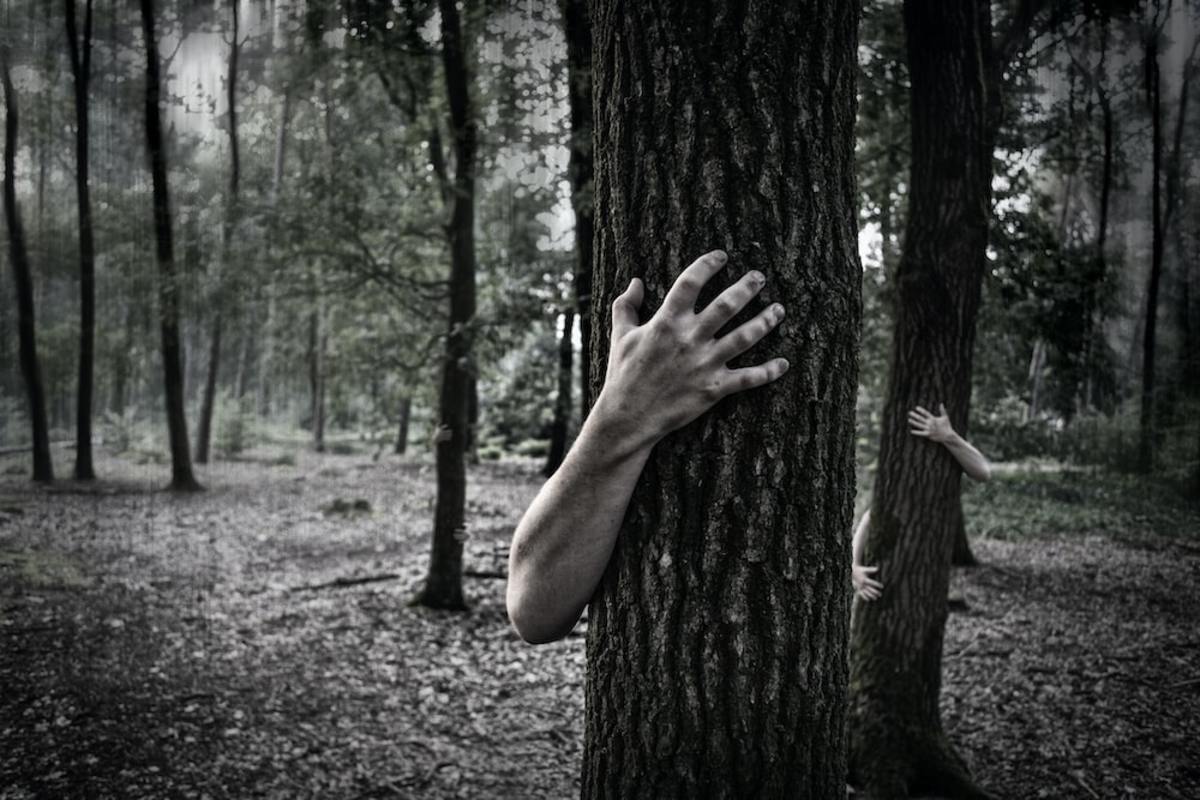Vampyre Bytes Series: General Vampyre Lore
Beware!
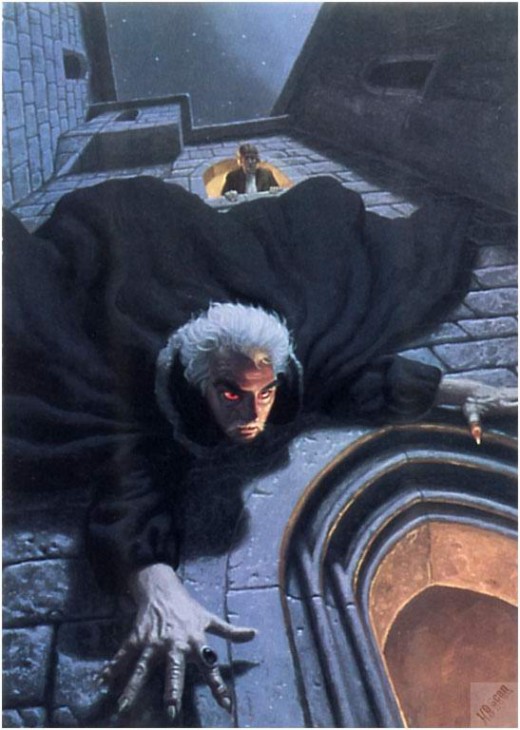
Anne Rice's fictional Vampire creations - A list with independent artwork depictions
General Background - Where Vampire Lore Comes From
These creatures called, Vampires, are older than most people realize and vampire legends have existed since long, long before Bram Stoker's infamous "Dracula" character was constructed and before the novel, Dracula (1897) was ever published.
Vampires were made more 'popular' in the 18th century when a surge of vampire lore and stories surfaced prominently in western europe, but most scholars believe these tales and the superstitions surrounding vampires stemmed from much further outward in Europe and happened to migrate to Western Europe from the Balkans, Eastern Europe, and other regions.
It may be that vampires are heavily associated with or are seen as originating in European areas because European place names are so often mentioned in vampire lore and, particularly, in some of our favourite and most well known vampire tales. This is not to say that vampire lore or legends do not exist in North American cultures - because this lore does, in fact exist all over the world - it is just that vampire lore stemming from European sources (and where vampires are said to originate from European or 'old world' places) seems to have become the most "popular" of the vampire lore being circulated thus far to date.
For example, according to Bram Stoker's works, Count Dracula resides in a castle in Transylvania (central Romania). As well, a piece by John William Polidori was published prior to the immensely popular Dracula. Polidori's tale, "The Vampyre," published in 1819, tells of a vampyre nobleman who circulates around London high society, but this Lord Ruthven also travels around to Rome, Italy, and Greece in southeastern Europe.
Even in Anne Rice's very modern tales (several books in a series, "The Vampire Chronicles.") tell of vampires that converge upon/reside in America - in some of the oldest cities in the U.S.A., but who originate from sources in Egypt and European areas. Rice draws from some ancient vampire lore but has developed a very complex historical background throughout her Chronicles that veers from customary vampire legends. Even so, the value of the "European Origins" and "Ancient World/Region" ideas seem to be some of the strongest 'plausibility' and 'grounding' features from her novels about vampires.
Hebrew storytellers, Mesopotamians, Greek and Roman storytellers also told stories about blood drinking spirits and entities seemingly unstoppable by the common man that were also not able to be killed by the same simple means that will cause the death of the average man. These hard to kill, hard to defend against, blood drinking entities are likely models for the later vampire characters we've familiarized ourselves with in Polidori's and Stoker's frightening tales.
Modern Vs Ancient Vampires - Some differences
The difference between very ancient and more modern (Stoker's vampires, Polidori's vampyre, up to recent depictions of vampire characters) vampires lies in the cause of the vampire curse. In modern days, we see many stories which hold that vampires can become the undead, blood-sucking, immortal beings by choice - whereas in ancient lore, most vampires or similar blood-drinking derivative creatures become vampires or vampire-like not by choice but because of certain punishments or because they committed suicide. In both ancient and modern tales, however, the belief of a vampire's existence being an undead existence of nightmarish or unceasing "hell" or of a "long and torturous existence" is the same - or is, at least alluded to - except, of course, in the most recent/modern stories where many vampires are portrayed as "hip" and as "enhanced humans" by choice.
Even in most modern versions of vampires, an ancient source of or cause of vampirism is suggested so that even in the 'hip, enhanced humans' type of vampire, the hip vampire character is aware that the original source of his or her making - the original vampire creature who began the spread of infection of 'undead, blood-sucking beings' - began from an ancient source and and 'old country' region of the world. In other words, there are basically no commonly circulated stories or are very few stories which offer North American regions or relatively 'new world' or 'new country' regions as a source from where vampires originate. In modern tales, storytellers and authors (like Rice) still attempt to give reasons for listeners, readers and viewers to assume that vampires come from an ancient source, surrounded in mysteries of ancient times and that - reasons for a human becoming a vampire in the first place may have been different in the ancient world than in modern times.
Vampires Documentary
The Devil and Demon Vampires
The Devil has been synonymous with vampires for quite some time. In some cultures and in earlier times, vampires have been considered a type of demon - often said to be controlled by Satan. On pottery shards and pieces from ancient Persia, excavators have found depictions of blood-drinking demons. These appear as creatures obviously attempting to drink the blood of men and few or no alternate meanings have derived from the viewing of these ancient Persian pieces. From other ancient cultures, images exist to show that pottery makers, artists, and other peoples believed in the vampiric form of existence, along with ghosts, demons, demonic possession of people and various frightening states of being - or at least, all cultures have told stories of these things.
Vampire Legends and Lore
18th Century Mass Hysteria Concerning Vampires
It seems that, overall, we like to trace vampires back to the 18th Century - then STOP right there. Truly, authors, folklorists and storytellers from the 18th Century who focused attention on vampire legend and tales managed to provided us with a very well-rounded set of details surrounding the vampire archetype and character.
Unfortunately, vampire lore, for 18th Century culture was so focused upon and so well-rounded that it created a number of problems in the psyche of people from that era. It is highly likely that knowing about the mass hysteria that vampire lore caused in the 18th Century is part of the reason that many people believe that "The Vampire Story" originated sometime during the 18th Century.
Actually, it seems that 18th Century people gained their accounts of vampires from 12th Century sources - concerning opinions and information about something/beings called "revenants." Then, for some reason, once this information was spread, a general fear and mass hysteria broke out during the 18th Century. "Revenants" are basically a form of undead, walking corpse...an animated corpse, a visible (not a mist or transparent type) ghost that has risen from the grave.
The printing of books and circulation of literature more and more to a general public may have helped the hysteria spread and the fear of vampires to grow to large proportions during the 18th Century - but these REVENANTS are from the (experiences or) imaginations of people from The Middle Ages. During the Middle Ages, there were many upheavals and disagreements about religion, the nature of man, the nature of God, the motives of man, discrepancies between science and religion - and basically, the Middle Ages are considered by most historians to be times of great fear, misunderstandings about science and religion, times before technology was advanced enough to allow people to live in reasonable health and comfort.
If you can just imagine this Middle Ages world for a few minutes, you might be able to understand these REVENANTS as somthing deriving out of 'lack of understanding' about death, lack of knowledge about the nature of man, God, science, religion and government all wrapped up in a world of harsh elements, questionable medicine, few comforts - and a whole cartload of superstitions surrounding everyday living.
Now, to return to 18th Century vampire lore, we can see that taking information from an earlier age of intense general fear about almost everything in life - and placing many of these details into a world not yet free of some of the same issues (fear of death, few answers as to the nature of man or God or scientific things, etc) apparent in the Middle Ages - was a recipe for perpetuating fear in a whole new age.
While authors and participants in the new genre of 18th Century GOTHIC FICTION probably understood a lot about the fact that they were utilizing archetypes (demon archetypes, vampire archetypes) of an earlier age, most of the European culture of the 18th Century was still uneducated, poor and superstitious. To most people, mention of undead, blood drinking beings was probably indescribably horrifying.
Two Documented Cases Of Vampirism
The results of mass hysteria in 18th Century Europe culminated in a bunch of wrongful executions and witch hunts, mass and wrongful deaths, and related issues.
Two high profile cases of this mass hysteria: the deaths of Peter Plogojowitz and of Arnold Paole - both of Serbia. Both men were believed to have turned into vampires after their respective deaths.
* Note - both mens' names have alternate spellings. These are foreign, non-English names, so the versions here are sort of the 'best spelling alternatives' for the English language. The spelling/versions here can be found easily online - for those wanting to find out additional information about these people.
Plogojowitz is alleged to have died and then at a later date, soon after burial, he returned to his son's residence, asking his son for food. His son refused to give him food and turned him away. The son was found dead the next day. A short time later, it is said that Plogojowitz sought out some fellow villagers, attacked them and the villagers - nine of them - all died of blood loss from the attacks.
For more information on the Plogojowitz case: 18th Century Vampire Hysteria: The Peter Plogojowitz Case
Arnold Paole was a former soldier who took on the skills of farming to earn a living. Apparently, Paole was attacked by a vampire at some point but survived the attack. He lived without apparent difficulties for several years, and ended up dying while tending to his farming duties - while he was haying in the fields. Immediately following his death, other people started dying in the same area and the deaths were attributed to Paole. Apparently, he was killing people off in his form as a vampire.
For more information on the Paole case: 18th Century Vampire: Arnold Paole From Serbia
During the age when these events occurred, they were well documented cases with case reports by government officials and everything. Books were written about these cases and were circulated throughout Europe.
If you do a search on "18th-Century Vampire Controversy," surely the Plogojowitz and Paole cases will show up at the top of your search results. These two cases are considered the first two cases in Europe - concerning the subject of 'vampire epidemic' - that were actually documented and studied in their time.
